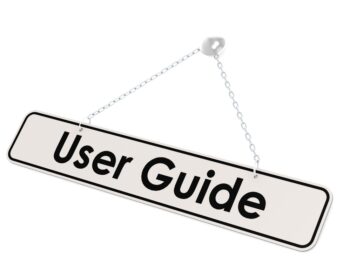“You didn’t complete our form.” – Trying to Traverse a Tar Pit in New York Workers’ Compensation
Although employers are a party to every workers’ compensation claim, they are largely kept away from the details of the proceedings – a mixed blessing, at best.
On the one hand, they are spared the Kafkaesque objections, explanations and denials offered by operators, answering systems and WCB and carrier employees. On the other hand, they pay for them.
A decision of the courts, reported on June 11, 2009 in New York described a series of hearings and appeals lasting nine years trying to straighten out a WCB keystroke error placing the wrong carrier on notice.
This incident does not represent the tip of an iceberg, it is the leading edge of a glacier.
5 Ways to Avoid Getting Stuck in the Tar Pit
First: Employers must be aware of the morass awaiting their employees on the simplest of claims and the unnecessary costs passed on to the employer.
Second, the employer must be aware of measures to take to hold the worst abuses in check, for the benefit of the employer and every worthy employee in need of benefits and treatment.
Therefore, do this:
1. Report accurately and follow up immediately.
Even the most prompt and detailed claim report will be of no use if the person on the other end ignores the material or offers excuses why it was not used, always without notifying the employer a problem is in progress.
After claim reporting is done, call the carrier and ask if the file has anything “missing.” Often an employer, employee, attorney or doctor is told of some form, not mentioned or required in the law, which was not “completed.” These silent and unseen forms can hold up the simplest claim.
2. Communicate.
At the beginning of a claim, call the employee and the employee’s doctor and ascertain if they are having problems. Chances are, they are having the same problems you are and a few more besides. They will be grateful for your concern and work with you, not against you.
3. Record dates and times; keep copies of correspondence.
If you do not document, even by a short note, you will be relying on memory and hoping others have the same concerns you have. In fact, should any problem or complaint arise, you will be informed memory counts for nothing. There are times, in fact, where you will do well to mail documents with return receipt requested.
4. Be prepared for excuses.
When things go wrong, don’t expect assurances someone else will set them right. Instead, you will almost always be told it is your fault and no one else’s. This is simply a speed bump you can easily cross if you slow down and proceed with caution. Politely ask for the superior and mail copies of your notes and documents. This will do less good as time passes but is very effective for making sure a claim is not sidetracked into a swamp at the beginning. (workersxzcompxzkit)
5. Communicate again.
As each hurdle is crossed, talk to your employee and the medical provider. This maintains morale and fosters a group spirit. Work comp is intended to be a system for delivering solutions, not dumping problems.
Author: Attorney Theodore Roncais a practicing lawyer from Aquebogue, NY. He is a frequent writer and speaker, and has represented employers in the areas of workers’ compensation, Social Security disability, employee disability plans and subrogation for over 30 years. Attorney Ronca can be reached at 631-722-2100.
Follow Us On Twitter: www.twitter.com/WorkersCompKit
Try Our FREE WC Best Practices Quick Check: http://www.workerscompkit.com/intro/
WC Calculator: www.reduceyourworkerscomp.com/calculator.php
Do not use this information without independent verification.
All state laws vary.
©2008 Amaxx Risk Solutions, Inc. All rights reserved under International Copyright Law. If you would like permission to reprint this material, contact Info@WorkersCompKit.com















